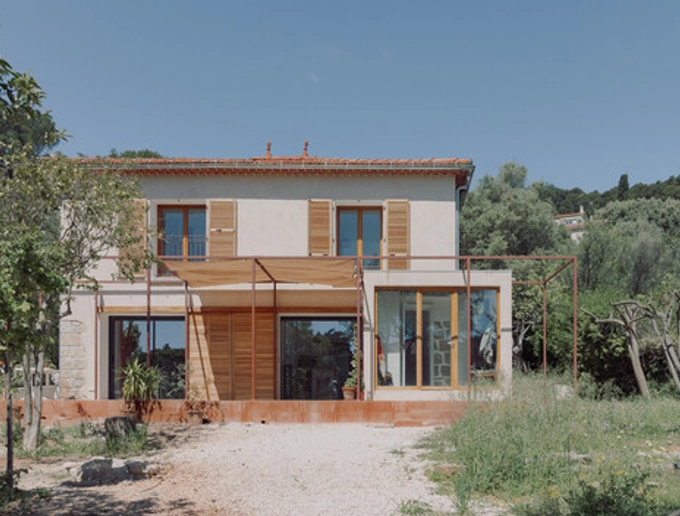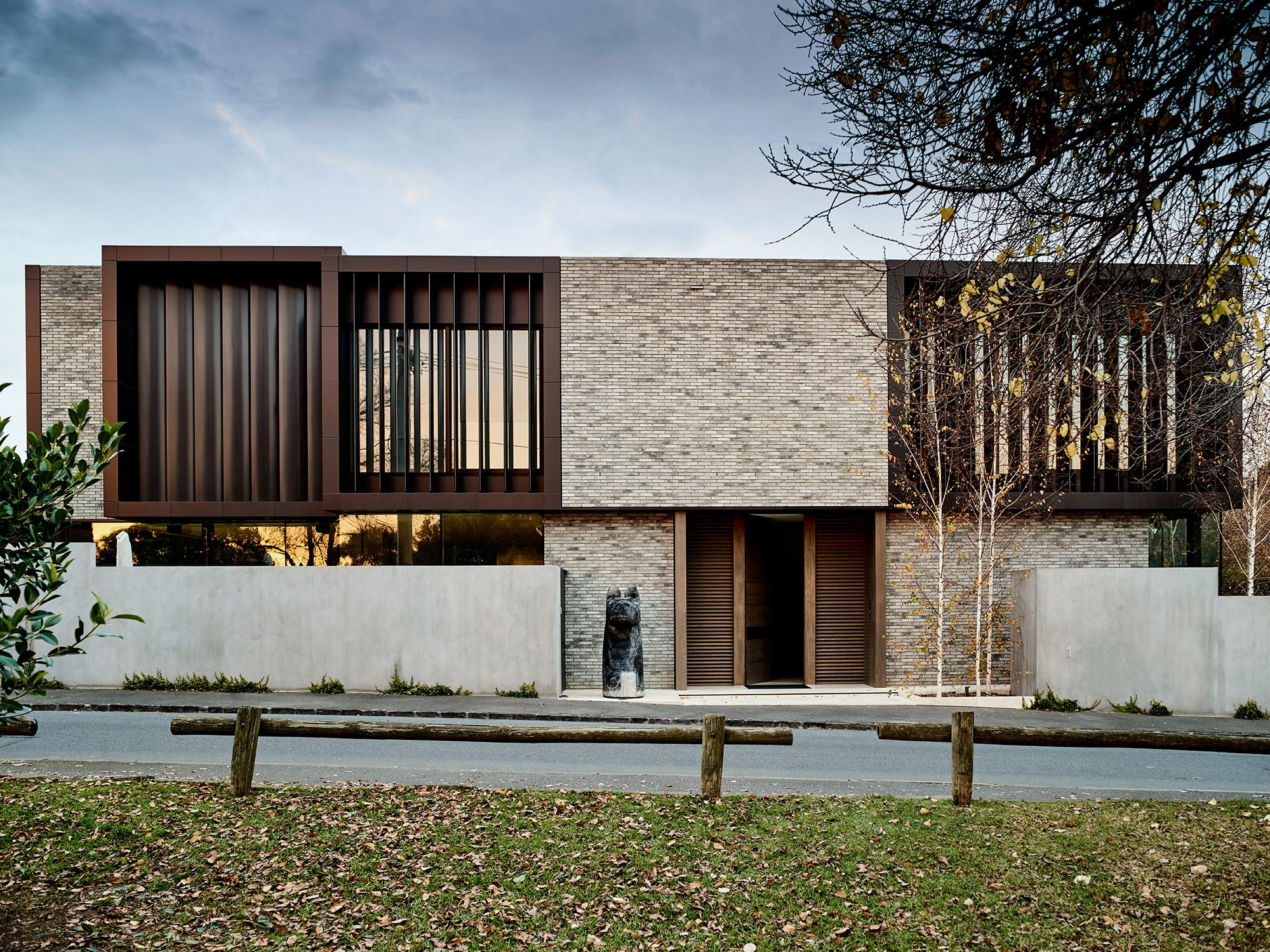Residential Architects: Creating Beautiful, Functional Spaces for Every Home
Residential Architects: Creating Beautiful, Functional Spaces for Every Home
Blog Article
Just How Residential Architects Develop Customized Homes for Every Way Of Living
The process whereby property designers layout personalized homes is a nuanced interaction of understanding customer demands and equating those insights right into practical living spaces. With extensive examinations and making use of layout devices, architects record the significance of their clients' lifestyles, guaranteeing that each home reflects personal values and aspirations. This collaborative strategy extends beyond first ideas, including sustainable techniques and innovative modern technologies to improve day-to-day living. As we explore the detailed steps associated with this transformative procedure, a deeper recognition for the designer's duty in forming one-of-a-kind environments begins to arise.
Recognizing Client Demands

Reliable interaction is vital in this procedure. Architects should motivate clients to verbalize their way of livings, family characteristics, and future goals, guaranteeing that the layout mirrors their unique identification. By using tools such as sets of questions, meetings, and visual studies, designers can collect useful understandings right into the client's vision.
Furthermore, comprehending the context in which a home will certainly exist is vital. Engineers should take into consideration elements such as the website qualities, regional climate, and cultural influences that can influence the layout. This all natural technique permits the development of areas that are not just visually pleasing but likewise functional and lasting.
Inevitably, a deep understanding of client needs makes it possible for designers to develop tailored homes that improve the lifestyle for their residents, promoting a sense of belonging and convenience within their living environments.
Layout Refine and Collaboration
The design process in household architecture is a dynamic interaction of creative thinking and partnership, where engineers, clients, and different stakeholders work closely to bring a vision to life. This iterative trip typically begins with a series of conferences to develop an extensive understanding of the customer's goals, preferences, and way of life demands. Throughout these discussions, designers collect important information, allowing them to conceive layouts that line up with the customer's vision.
Complying with the initial appointments, the layout phase develops with sketches, 3D models, and building makings. This visual communication offers as a device for architects to existing ideas, while likewise welcoming customer responses, making certain that the last style resonates with their expectations. Reliable partnership with designers, specialists, and interior designers is crucial during this stage, as it makes certain that all practical elements of the job are flawlessly integrated.

Incorporating Lifestyle Components
Integrating lifestyle elements right into domestic style is important for producing rooms that truly reverberate with the occupants. residential architecture homes. This process begins with comprehending the special requirements, choices, and everyday routines of the property owners. Engineers take part in thorough conversations to uncover how the specific or family uses their space, whether for entertaining visitors, pursuing leisure activities, or looking for peaceful hideaway
As soon as these insights are collected, engineers can tailor layout functions that enhance everyday experiences. As an example, open flooring strategies may be developed for families that focus on togetherness, while devoted workspaces can be incorporated for those who work from home. Outdoor areas, such as gardens or patio areas, can be emphasized for family members that enjoy exterior tasks or enjoyable.
Moreover, versatility is a crucial consideration; multi-functional areas permit adaptability as way of lives evolve with time. Custom-made storage space options can additionally be incorporated to satisfy certain organization requirements, ensuring that the home remains clutter-free and practical. Eventually, by thoughtfully weaving way of living aspects into the architectural index fabric, residential engineers develop personalized homes that not just meet aesthetic wishes however additionally substantially boost the lifestyle for their customers.
Sustainable and Smart Style
Clever and lasting layout significantly plays a crucial role in household architecture, as home owners look for to decrease their environmental impact while boosting their living experiences. Designers are currently incorporating eco-friendly products, energy-efficient systems, and ingenious technologies to develop homes that not only satisfy aesthetic desires however also serve the earth.
Integrating renewable resource resources, such as photovoltaic panels and wind turbines, allows property owners to harness natural deposits, significantly minimizing dependence on conventional power grids. Smart home modern technologies further improve sustainability by maximizing energy use via automated systems that regulate air conditioning, heating, and lights based upon tenancy and preferences.
In addition, using sustainable building products-- like recovered wood, bamboo, and reused steel-- advertises a circular economy, reducing waste and resource consumption. Architects also highlight easy style principles, guaranteeing homes are oriented for optimum natural light and air flow, thus minimizing the need for synthetic cooling and heating.
In enhancement to eco-friendly benefits, lasting and wise layout adds to the overall comfort and health of locals. By prioritizing interior air high quality and natural aspects, architects produce areas that cultivate health, allowing homeowners to flourish in consistency with their environment.
Finalizing and Carrying Out Plans
Completing and applying strategies is an essential stage in the residential style procedure, where the vision of a customized home begins to emerge. This phase entails meticulous focus to information, ensuring that every element of the design is exactly expressed and prepared for construction. residential architecture homes. Architects team up carefully with clients to assess last strategies, resolving any last-minute adjustments or worries, while ensuring that all elements align with the homeowner's lifestyle needs
When plans are wrapped up, architects prepare comprehensive building files, consisting of comprehensive drawings and specs that function as a plan for contractors. These papers describe products, surfaces, and setup methods, giving clearness for specialists and subcontractors. In addition, protecting necessary authorizations and adhering to neighborhood building ordinance is vital, as it makes sure conformity and smooth project implementation.
By promoting a collective atmosphere, designers can assure that the implementation lines up with the initial vision. Eventually, this crucial stage transforms ideas into truth, laying the foundation for a home that reflects the distinct way of life and choices of its inhabitants.
Conclusion
In final thought, residential engineers play an essential duty in crafting customized homes that cater to varied way of livings. Through meticulous understanding of customer requirements, collaborative design processes, and the assimilation of way of living aspects, designers guarantee that each home reflects specific preferences.
The process by which property architects style personalized homes is a nuanced interplay of understanding customer requirements and equating those understandings into practical living spaces. With comprehensive consultations check my reference and the use of design devices, designers record the significance of their customers' way of livings, guaranteeing that each home reflects personal worths and aspirations. Engineers should urge clients to articulate their way of lives, family members dynamics, and future goals, making sure that the design reflects their one-of-a-kind identity.The design process in household architecture is a dynamic interaction of creative thinking and collaboration, where engineers, customers, and various stakeholders work carefully browse around these guys to bring a vision to life - residential architecture homes. Through precise understanding of customer requirements, collaborative layout procedures, and the integration of way of life aspects, architects ensure that each home mirrors individual preferences
Report this page